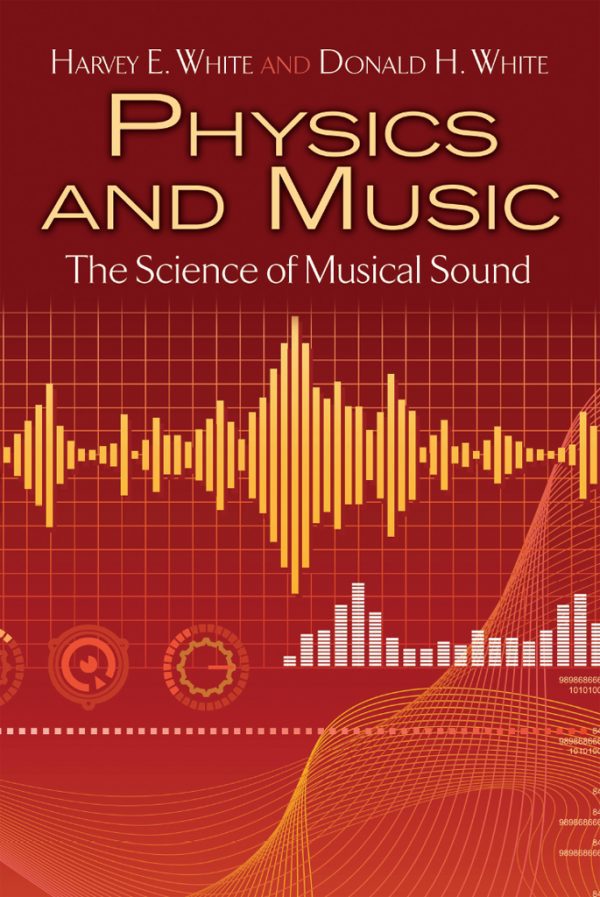Andrew M. Shaw9780470091364, 0470091363
Table of contents :
Astrochemistry……Page 3
Contents……Page 7
Preface……Page 11
1.1 The Standard Model – Big Bang theory……Page 15
1.2 Galaxies, stars and planets……Page 17
1.3 Origins of life……Page 18
1.4 Other intelligent life……Page 23
1.5 Theories of the origin of life……Page 24
Concepts and calculations……Page 27
2.1 Simple stellar models – black body radiation……Page 29
2.2 2.725 K – cosmic microwave background radiation……Page 34
2.3 Stellar classification……Page 35
2.4 Constellations……Page 40
2.5 Galaxies……Page 45
2.6 Cosmology……Page 50
Concepts and calculations……Page 52
Problems……Page 53
3.1 Spectroscopy and the structure of matter……Page 55
3.2 Line shape……Page 60
3.3 Telescopes……Page 66
3.4 Atomic spectroscopy……Page 70
3.5 Molecular astronomy……Page 73
3.6 Molecular masers……Page 91
3.7 Detection of hydrogen……Page 93
3.8 Diffuse interstellar bands……Page 94
3.9 Spectral mapping……Page 95
Concepts and calculations……Page 96
Problems……Page 97
Introduction……Page 99
4.1 Classes of stars……Page 100
4.2 Herzprung–Russell diagram……Page 102
4.3 Stellar evolution……Page 103
4.4 Stellar spectra……Page 112
4.5 Exotic stars……Page 116
4.6 Cycle of star formation……Page 122
Concepts and calculations……Page 124
Problems……Page 125
Introduction……Page 127
5.1 Mapping clouds of molecules……Page 128
5.2 Molecules in the interstellar and circumstellar medium……Page 131
5.3 Physical conditions in the interstellar medium……Page 134
5.4 Rates of chemical reactions……Page 137
5.5 Chemical reactions in the interstellar medium……Page 144
5.6 Photochemistry……Page 147
5.8 Polycyclic aromatic hydrocarbons……Page 150
5.9 Dust grains……Page 154
5.10 Chemical models of molecular clouds……Page 159
5.11 Prebiotic molecules in the interstellar medium……Page 165
Concepts and calculations……Page 168
Problems……Page 169
Introduction……Page 171
6.1 Formation of the solar system……Page 172
6.2 Classification of meteorites……Page 175
6.3 Meteorite mineralogy……Page 176
6.4 Geological time……Page 179
6.5 Chemical analysis of meteorites by µL2MS……Page 182
6.6 The Murchison meteorite – kerogen……Page 185
6.7 Meteorite ALH84001……Page 187
6.9 Structure of a comet……Page 194
6.10 Physicochemical conditions in a cometary coma……Page 195
6.11 Chemical composition of comets……Page 197
6.12 Cometary collisions……Page 199
6.13 The Rosetta mission – origin of the solar system……Page 201
Concepts and Calculations……Page 204
Problems……Page 205
Introduction……Page 207
7.1 Structure of a star–planet system……Page 208
7.2 Surface gravity……Page 209
7.3 Formation of the Earth……Page 211
7.4 Earth–Moon system……Page 213
7.5 Geological periods……Page 214
7.6 Radiative heating……Page 216
7.7 The habitable zone……Page 218
7.8 Extrasolar planets……Page 220
7.9 Planetary atmospheres……Page 223
7.10 Atmospheric photochemistry……Page 229
7.11 Biomarkers in the atmosphere……Page 233
Concepts and calculations……Page 235
Problems……Page 236
8.1 Carbon- and water-based life forms……Page 239
8.2 Spontaneous chemical reactions……Page 241
8.3 Rates of chemical reactions……Page 250
8.4 Endogenous production of organic molecules……Page 251
8.5 Exogenous delivery of organic molecules……Page 259
8.6 Homochirality……Page 260
8.7 Surface Metabolism – ‘clay organisms’……Page 263
8.8 Geothermal Vents – ‘black smokers’……Page 265
8.9 RNA World hypothesis……Page 267
Concepts and calculations……Page 270
Problems……Page 271
Introduction……Page 273
9.1 Self-assembly and encapsulation……Page 275
9.2 Protocells……Page 278
9.3 Universal tree of life……Page 287
9.4 Astrobiology……Page 288
9.5 Microbial Mars……Page 295
Concepts and calculations……Page 297
Problems……Page 298
Introduction……Page 301
10.1 Physical properties……Page 303
10.2 The atmosphere……Page 305
10.3 Temperature-dependent chemistry……Page 308
10.4 Energy balance and the greenhouse effect……Page 310
10.5 Atmospheric chemistry……Page 311
10.6 Astrobiology on Titan……Page 316
Concepts and calculations……Page 319
Problems……Page 320
Glossary of terms and abbreviations……Page 321
Appendix A Constants and units……Page 333
Appendix B – astronomical data……Page 335
Appendix C – thermodynamic properties of selected compounds……Page 337
Answers to problems……Page 339
Bibliography……Page 343
Index……Page 349







Reviews
There are no reviews yet.